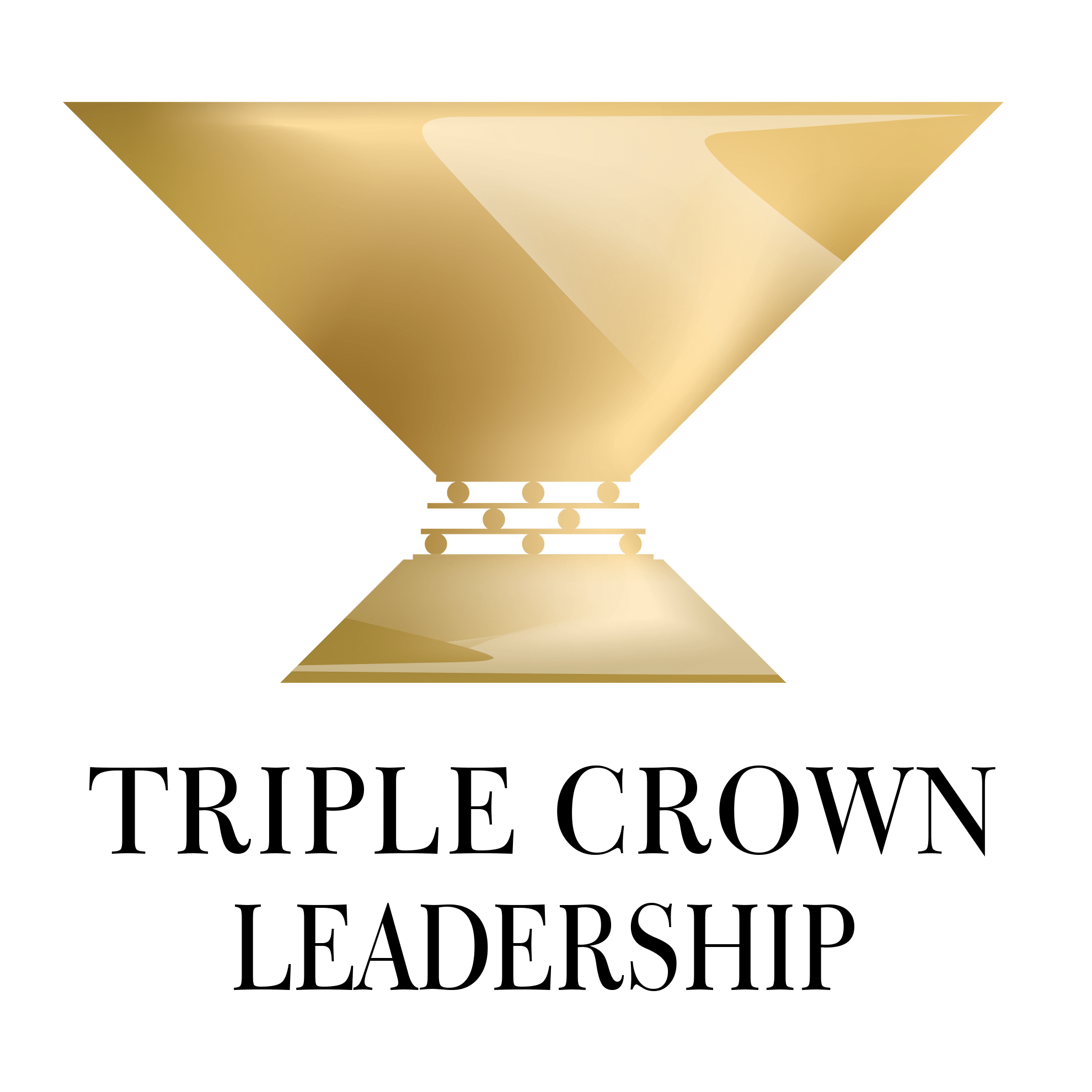Double Your Productivity in 15 Minutes
guest blog by Dan Forbes, Founder of the Lead With Giants™ Community In the early 1900s Charles Schwab was president of Bethlehem Steel, a small, struggling company. He was looking for ways to increase productivity and profits. In walked Ivy Lee. He was a business consultant and promised Schwab that in just fifteen minutes he could … Read more



